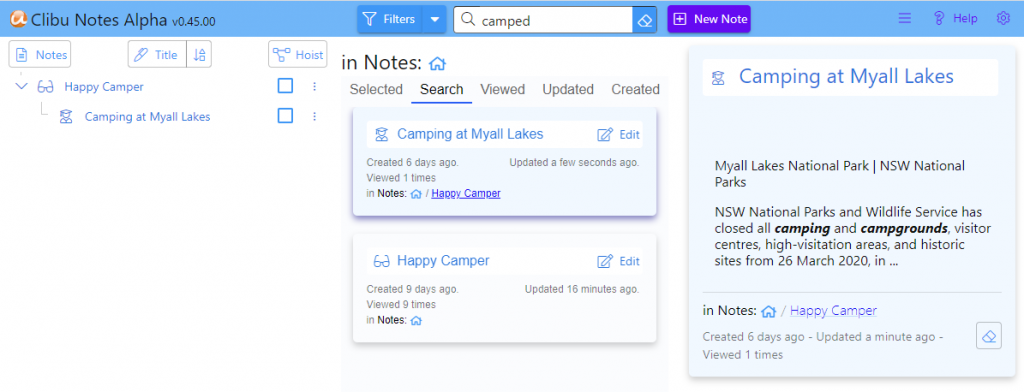In today’s fast-paced world, we are exposed to a plethora of information on a daily basis. As a result, it’s vital to have an effective system for managing knowledge that enables individuals to find information easily, recall it when necessary, and apply it to their work or life in the most effective way. This process is called personal knowledge management (PKM).
What is Personal Knowledge Management?
Personal knowledge management is the process of collecting, organizing, and analyzing information to enhance one’s understanding of a subject or topic. In simpler terms, it’s about how we store, retrieve, and use the knowledge we gain through various sources like web sites, books, articles, videos, or conversations. It allows individuals to create their own personal library of knowledge, making continuous learning and development possible.
Why is PKM important?
- Efficiency: Personal knowledge management enables us to access information quickly and efficiently. A well-organized system of knowledge allows us to retrieve information without wasting time, leading to better productivity.
- Innovation: Innovation requires a deep understanding of technology and the market it operates in. By continually organizing and reviewing our knowledge base, we can understand trends and identify new ideas and opportunities.
- Career Advancement: Employers want individuals who are not just knowledgeable about their field, but also show initiative to stay current and apply their knowledge effectively. PKM allows professionals to maintain a competitive edge and advance in their careers.
- Lifelong Learning: Personal knowledge management is an enabling factor for continuous learning. It allows individuals to acquire new knowledge, retain it, and enrich their understanding of the world around them.
How to Develop an Effective PKM Strategy
- Identify your goals: Determine the areas of knowledge you want to acquire or improve upon. Identify your strengths and weaknesses, and set goals accordingly.
- Gather information: Curate information from various sources, including books, articles, podcasts, and videos, related to the topics of interest.
- Organize your knowledge: Organize the information into categories or themes using tools like Evernote, OneNote, or Trello. Create tags, labels, and folders to find information quickly and easily.
- Review regularly: Review your knowledge base regularly and update it with new information. Reflect on your learnings, synthesize your takeaways, and apply them efficiently in your work or life.
- Share your knowledge: Share your knowledge with others through social media, blogs, or speaking engagements, to create new connections and gain insights from others.
Conclusion
In today’s data-heavy world, personal knowledge management is an essential skill for those who want to be better learners, innovative thinkers, and effective professionals. It is an enabling strategy that allows individuals to develop and maintain a deep level of knowledge that enhances both personal and professional growth. By following the tips shared in this post, you can create a system that works for you, leading to a lifetime of success.
There are many good and not so good PKM applications, all have their strengths and weaknesses. We welcome you to evaluate our PKM, Clibu Notes and see how well it meets your needs.







